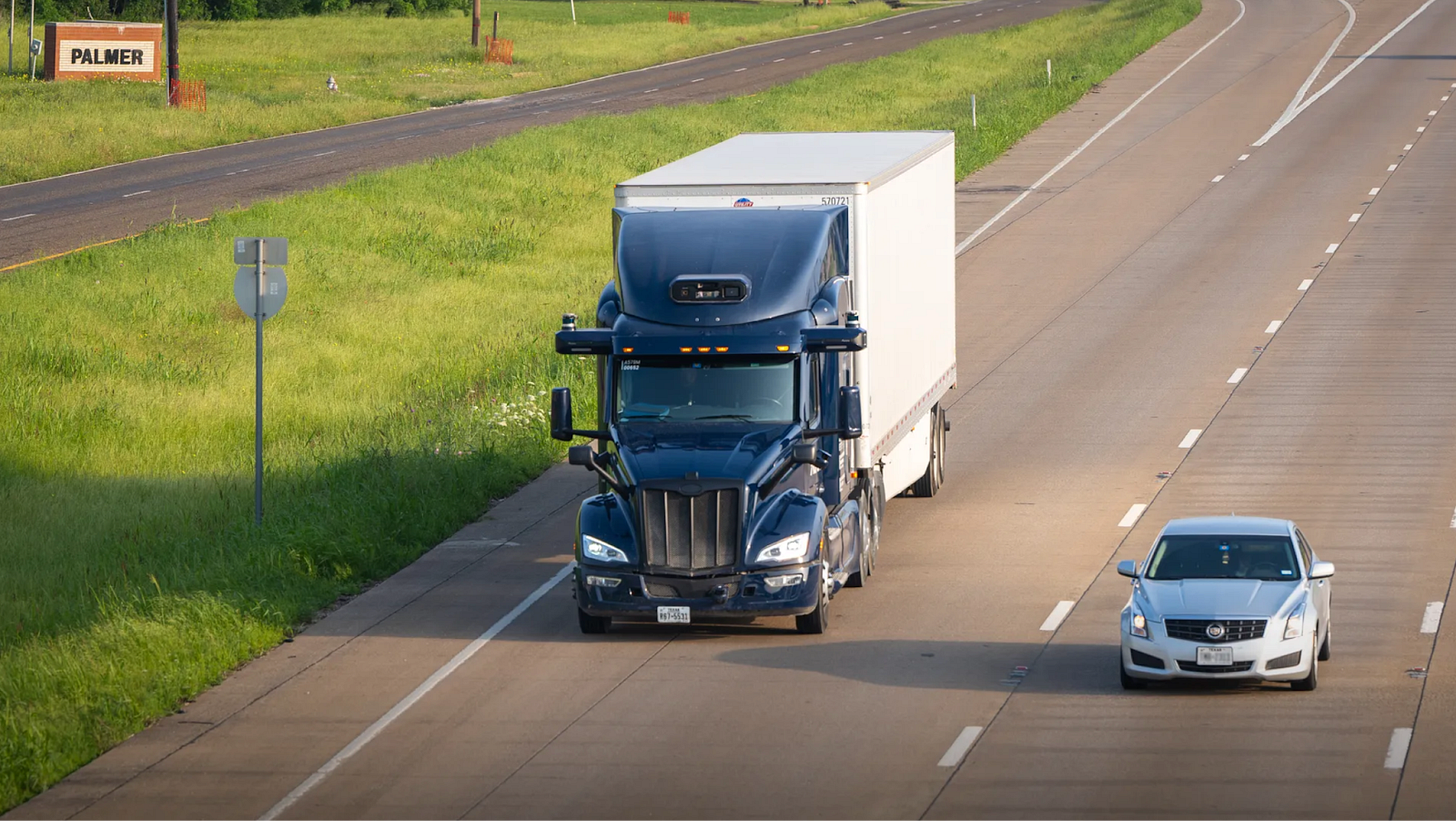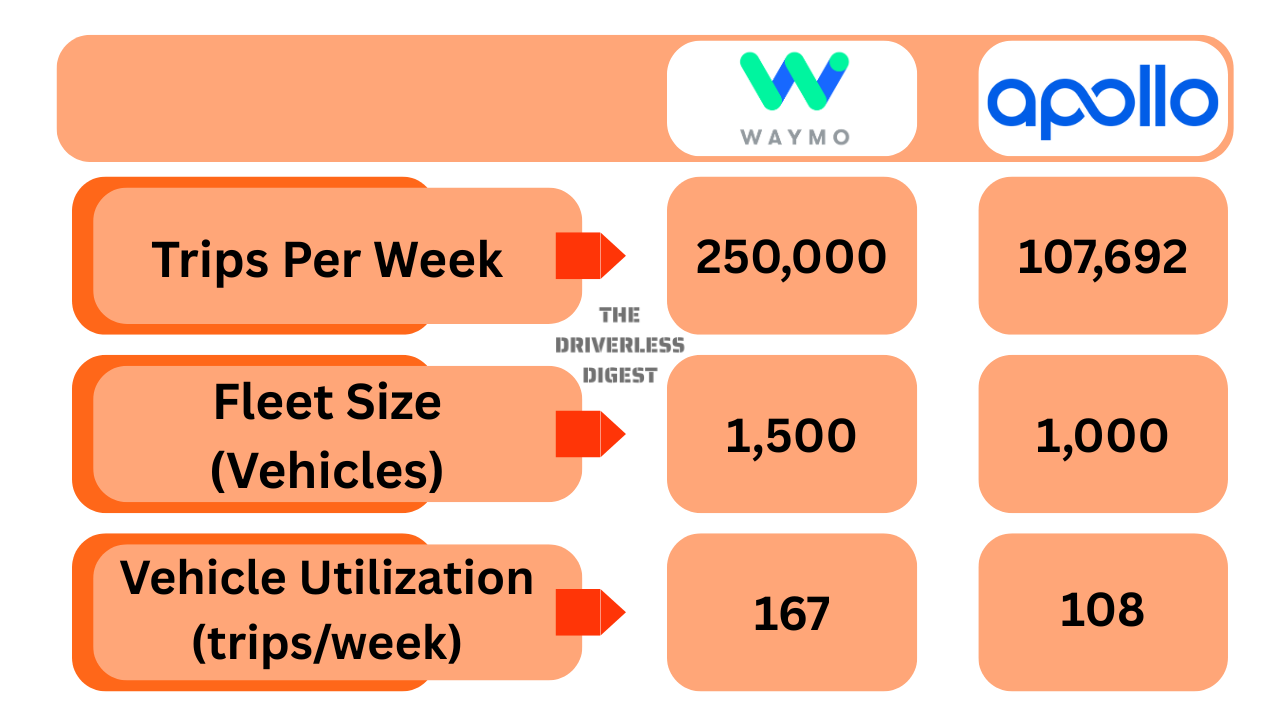Aurora is Bringing Their Safety Drivers Back
Musk says robotaxi rollout will be geo-fenced and avoid some intersections in Austin, Waymo crosses 10 million paid rides, and Zoox to begin AV testing in Atlanta.
Hey, it’s Harry! Welcome to the 121 new subscribers who’ve joined The Driverless Digest since our last newsletter. I’m excited to have you join the 1,327 AV enthusiasts, executives, and industry professionals who are already subscribed. Pumped to have you along for the ride as we explore the intersection of autonomy and rideshare, and the business of AVs.
If you’re enjoying the newsletter, please share it with a friend. Let’s roll!
Top Stories of the Week
Aurora's driverless trucks have a human observer behind the wheel again (link). This is a big backpedal from a couple of weeks ago when it announced the launch of its commercial self-driving truck service in Texas and their CEO Chris Urmson said “We are the first company to operate commercial driverless heavy-duty trucks on public roads.” Well I guess that’s still true, but for those keeping track:
1/3/25: Uber CEO Dara Khosrowshahi exited the Aurora board.
5/8/25: Aurora co-founder, Sterling Anderson left the company to become Chief Product Officer at General Motors
5/13/25: Uber announced a $1B sale of exchangeable senior notes in the company (h/t Reilly Brennan)
5/14/25: A short-seller report was released by Bleecker Street Research that indicated Aurora and Paccar may have differing views on the timeline for the "driver-out" commercial launch.
Not a great few weeks for Aurora and their stock price reflects the missteps. AUR 0.00%↑ is down 17% since May 13, but up 144% over the past year.
Elon Musk was interviewed by CNBC's David Faber on Tuesday. Lots of clips floating around but he shared a number of details about the Tesla robotaxi launch in Austin coming next month. Here are a few highlights:
The launch is still on track and Musk says they have testing vehicles driving around Austin 24/7 autonomously with safety drivers and there are no interventions happening.
It seems they won't be using the Cybercab just yet — instead, they'll launch with 10 Model Ys or Model 3s.
The robotaxis are going to be geofenced in parts of Austin and will avoid certain intersections.
They’ll start with “probably 10 [robotaxis] for a week, then increase it to 20, 30, 40”, and will “probably be at 1,000 within a few months”.
By the end of next year, Musk says they will probably have “hundreds of thousands…if not millions” of Tesla vehicles doing unsupervised full self-driving.
They’re open to licensing self driving technology and a number of automakers have reached out regarding that.
Tesla will be “extremely paranoid” about the deployment and will be monitoring the cars/roll out carefully.
Elon said there’s no need to buy Uber since they already have a large number of cars and Tesla owners could one day join its autonomous fleet.
Musk took a cautious and frankly, more realistic tone about the Austin robotaxi launch in interviews this week. I haven’t seen a single picture or video of an autonomously driven Tesla with no safety driver in Austin yet but it seems like that would be the next logical step, even if it is limited to certain areas or even streets. I also imagine Tesla employees or friends/family of Tesla employees would be the first riders, before they open it up to public beta testers, and then the public at large. If Tesla rolls out a fleet of 100 robotaxis though, regardless of their domain of operation, I will be impressed since that’s the same number of vehicles that Waymo has in Austin.
Tesla's Robotaxi Is About To Change Everything (link). I was interviewed by Farzad Mesbahi on his popular Youtube show where we talked about Tesla’s robotaxis and their impact on companies like Uber and Lyft. We also evaluated the potential roles of Waymo and Tesla in the rapidly evolving rideshare market. This was one of the longest interviews I’ve done in a while and I think you’ll enjoy it!
Cool Rides
Just got back from LA, and one of the highlights of my trip was riding in a fully self-driving Waymo car. No driver, no intervention, just cutting edge tech (link).
Waymo vs Tesla self-driving experience (link). One thing I learned as a guest on Farzad’s podcast is that older Teslas are running on HW3 and newer Teslas are on HW4 and V13 of FSD, so in theory, the latter should be better.
My encounter with a driverless cab left an elderly lady completely baffled. "Sweetie, where's your driver?" she asked as I retrieved my luggage at the airport. Her face showed genuine shock when I replied, "there is none." (link).
AV/Humans behaving badly
Waymo tries to wake up a passenger that feel asleep in the car. There is an automated sound, then an operator gets on the phone. These are the types of things you must be prepared for (link). Ok, this is probably a joke but this and similar situations are going to happen more and more.
Waymo Stuck in a Standoff with Seagulls (link). Seagulls were probably like:
Waymo Being Questioned by Police After Crash (link). This is pretty funny (OP also claims it was not Waymo’s fault).
Waymos Blocking Traffic/Emergency Vehicle (link). Waymo needs to fix this asap.
Other Stuff
Waymo has officially served over 10 MILLION paid rides (link), and they just got the green light from the California Public Utilities Commission (CPUC) to expand robotaxi service to San Jose (link), just 2 months after getting the California Department of Motor Vehicles approval to expand autonomous rides to the area.
But not to be outdone, Baidu’s robotaxi service, Apollo Go, completed 11 million paid driverless rides (link). The Beijing-based firm reported that Apollo Go completed 1.4 million rides globally in the first quarter, up 75 percent year over year. In addition to mainland China, the service is being tested in Hong Kong, Dubai and Abu Dhabi. Apollo Go currently operates over 1,000 fully driverless vehicles across 15 cities 1.
Uber launches early access to driverless Waymo rides in Atlanta (link). Lucky riders who joined the Waymo interest list through the Uber app will get exclusive early access to Waymo rides on Uber starting this week.
How is this sustainable? That’s what inevitably popped into my head as I sat in traffic next to yet another empty driverless taxi, silently cruising through San Francisco… (link). The promise of self-driving cars is that they will be cheaper than Uber and Lyft. We already know that Uber and Lyft increase congestion in cities they enter, so Waymo and other robotaxi services will actually induce more demand and make this problem worse.
And since there's nowhere to park or pull over in dense city centers, she’s 100% right that Waymos spend a lot of time driving around while waiting for a ride request whenever it's not busy (known as Period 1).
The other issue we see with Waymo is the long ETAs to pick up riders (especially here in LA) which we call Period 2. I often have to wait 10-20 minutes for Waymo to get to me vs Uber and Lyft that consistently have 3-5 minute ETAs. Their time spent with a paying passenger in the car (Known as Period 3) is much higher than Waymo’s because of Uber/Lyft’s higher density and efficiency.
Just to put things in perspective: Uber and Lyft are responsible for around 13% of traffic congestion in San Francisco alone (link).
Waymo co-CEO responds to Elon Musk's comments on robotaxis (link). Waymo’s co-CEO, Tekedra Mawakana was responding to Elon Musk’s comments from the CNBC interview above, where he claimed Tesla’s camera-and-neural-network setup is superior to Waymo’s use of cameras, lidar, and radar. Elon argued that roads are designed for biological neural nets and eyes—not for 'shooting lasers out of your eyes,' taking a jab at Waymo’s lidar system. Tekedra argued that being as good as a human driver isn’t enough—autonomous vehicles need to be better. They should be able to see in the dark and handle things humans can’t.
Uber's robotaxi chief says the company will still need human drivers, but their jobs will look very different (link). Nice to see Uber talking about the role that human drivers will play in the future. Waymo may have just hit 10 million rides but let’s not forget that Uber does over 30 million human powered rides every single day.
When I was in SF a few months ago, I felt the same way. I published a new article (Waymo Stats) on Monday that detailed Waymo’s fleet size by city and the number I came up with for SF was 371.
Amazon’s Zoox to start testing AVs in Atlanta, following Waymo (link). The Zoox testing fleet, which are retrofitted SUVs with human safety operators, now operates in seven markets. I’m not sure why Zoox is adding more testing markets though when they have yet to launch paid driverless rides in a single market.
Seeking solitude and safety, riders flock to robotaxis driven by computers (link).
Grayson Brulte sees promise and potholes ahead on the road to self-driving (link). Good interview with Pete Bigelow on the Shift podcast.
Tesla just teamed up with Lyft—now Lyft drivers will get a $1,000 Tesla credit if they take delivery of a new Cybertruck or Model S3XY (link). You can even stack it with a Tesla owner’s referral link (here’s mine).
Waymo Stats 2025: Funding, Growth, Coverage, Fleet Size & More (link). This article took a lot of work but I think it was well worth it!
Shout-outs
Big thanks to TDD reader Charlotte E for referring new subscribers to TDD. If there's someone you think would enjoy TDD, just forward this email to them or use the referral button below.
Until next week.
-Harry
Apollo Go did 1.4 million rides in Q1, so their quarterly 'trips per week' run rate is 116,667.






